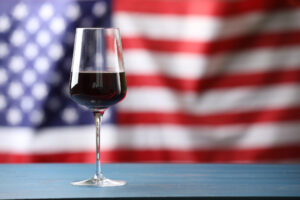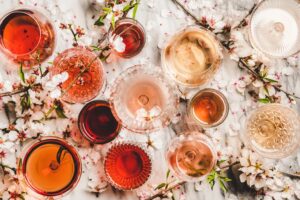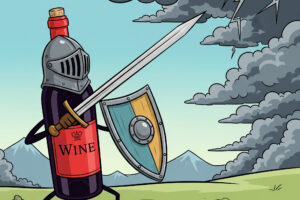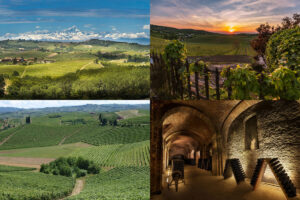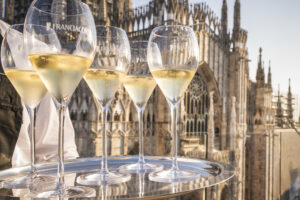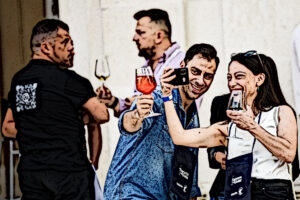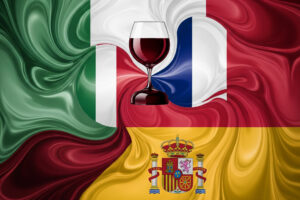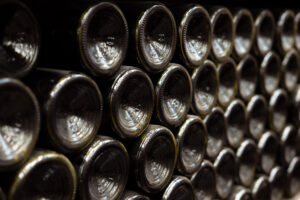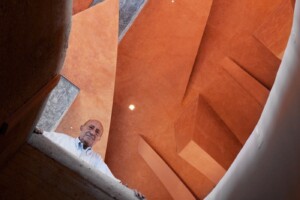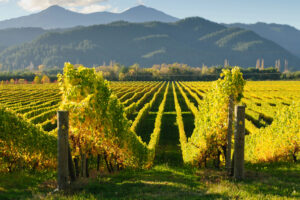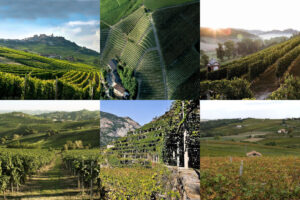Wine tourism in Italy is, overall, doing very well, but it still has ample growth potential. There are wine territories confirmed at the top for fame and high level tourist attraction, such as the Langhe, Chianti Classico and Valpolicella, while others would like more wine tourism, especially in the areas of Sagrantino di Montefalco, Vermentino di Gallura and Primitivo di Manduria. These are the results of the state of the art of wine tourism in Italy, according to the Risposte Turismo survey (research and consultancy company at the service of the macro-industry tourism), which WineNews has previewed to its readers, aimed at examining the sentiment of a sample of tour operators from all over the world. The survey examined the territories of 12 DOCG wine territories, from Northern to Southern Italy, to study their tourist potential towards foreigners. More than 30 highly experienced and specialized in wine tourism international tour operators and travel agents were interviewed, representing 13 foreign countries (52% European, 39% American and 9% rest of the world). Forty-five percent of the participants said Italy is performing better than its international competitors, in the field of wine tourism.
The experts expressed their opinions on 12 Italian DOCG areas, well known and little known, and here are just a few of the total 72: Franciacorta and Lago d'Iseo (Franciacorta DOCG), Colli Orientali del Friuli (Colli Orientali del Friuli Picolit DOCG), Unesco site, Hills of Prosecco (Conegliano Valdobbiadone Prosecco DOCG), Veronese and Lake Garda (Amarone della Valpolicella DOCG), Langhe (Barolo DOCG), Tuscany, between Florence and Siena (Chianti Classico DOCG), Hills of Umbria (Montefalco Sagrantino DOCG), territory between Gran Sasso and the Adriatic (Teramane Hills Montepulciano d'Abruzzo DOCG), Campania and Beneventano (Aglianico del Taburno DOCG), Ionian Apulia (Primitivo di Manduria Dolce Naturale DOCG), Northern Sardinia (Vermentino di Gallura DOCG) and Southern Sicily, Etna (Cerasuolo di Vittoria DOCG).
The Risposte Turismo survey indicated where it would be necessary to intervene to attract greater flows of wine tourism. These areas included strengthening promotion of the already existing offer as well as improving hospitality organization and wine tourists’ experiences, by combining traditional visits to wineries with other activities, as well, like creating emotions through telling the stories of individual tourist destinations.
In the interest and choices of wine tourist destinations according to the tour operators, one of the most relevant factors is famous names of wines, while commercial penetration of the wine is not a factor. In other words, the quantity of bottles sold is not an important factor in the interest for and choosing a production area.
“Of the various aspects”, Francesco di Cesare, president of Risposte Turismo, explained, “we wanted to explore any possible relationship between the number of bottles sold by a DOCG area and its appeal as a wine tourism destination. However, this relationship does not exist, or at least, we cannot assume it is universally valid. For instance, the Barolo area, compared to the 14 million bottles sold in 2022, is by far the area that arouses the most interest and is the destination chosen by wine tourists, customers of the tour operators participating in the survey. While, Prosecco DOCG, on the other hand, sold more than 100 million bottles, and should be the top choice compared to the other areas, whereas, instead, this is not the case. It is more important, rather, for the organizations representing the territories - engaged in wine production and/or tourism - to better organize hospitality and the activities offered to visitors, which cannot be limited to just a guided tour of the wineries. Therefore, promotional activities that have a clear understanding of the target to attract, are very important. Italy is already a wine tourism destination”, Di Cesare concluded, “but it should also aim to considerably increase the volumes of demand. To achieve this, it needs to broaden its capacity and devote more time to this phenomenon, enhancing the many areas that attract visitors, and making wine tourism in our country a little less concentrated in just a few areas, as it still seems to be”.
According to the sample of tour operators interviewed, more than 3 wine tourists out of 4 (87%) have transformed their interest in one of the 12 DOCG areas surveyed into a purchase, and consequently into a holiday. Piedmont is the number one choice, with Barolo and its surroundings, followed by the areas of Amarone della Valpolicella and the Chianti area. In general, of the 12 areas examined, Barolo (96.3%), Chianti Classico and Amarone della Valpolicella (tied at 92.6%) are the most well known territories. And, of the best known DOCG areas, Barolo (88.9%), Chianti Classico (85.2%) and Amarone della Valpolicella (81.5%) are also the top destinations in the tourist offer of the sample of international tour operators and travel agents surveyed.
The biggest interest is, again, by far, the production areas of Barolo (4.1/5) and Chianti Classico (3.9/5), followed by Amarone (3.5/5) and the Valdobbiadene area (3/5). We would like to point out that even the least known DOCGs among the ones proposed (the Regions of Vermentino di Gallura and the Montepulciano d’Abruzzo hills are not known, for instance, by 37% and 33%, respectively, of the tour operators interviewed), for those who organize wine tourism holidays, the level of satisfaction is high. Therefore, working with travel advisors and intermediaries is fundamental in these Italian areas.
In general, in terms of growth of wine tourists, there is quite a bit of room for improvement for all the DOCG areas the survey covered. The levers needed to take action are tangible, that is, the wine tourism product and material accessibility (for instance, connections, viability ...) and intangible (for instance, digital presence and social networks, SEO optimization and advertising ...) .
Copyright © 2000/2025
Contatti: info@winenews.it
Seguici anche su Twitter: @WineNewsIt
Seguici anche su Facebook: @winenewsit
Questo articolo è tratto dall'archivio di WineNews - Tutti i diritti riservati - Copyright © 2000/2025




















